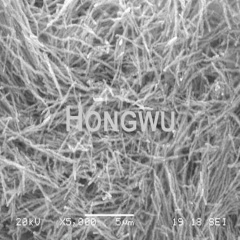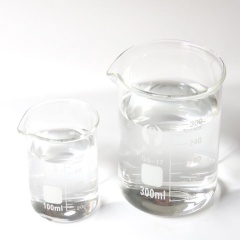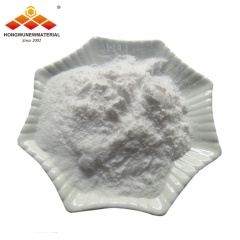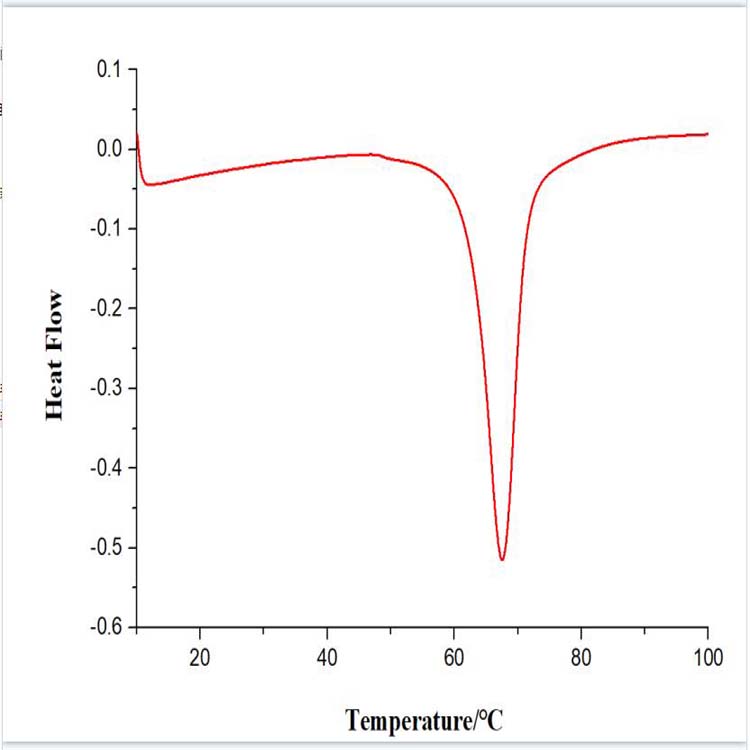Oxides Nanoparticles refer to the size in the nano-scale oxides, such as nano titanium dioxide(TiO2), nano silica(SiO2), nano zinc oxide(ZnO), nano alumina(Al2O3), nano zirconia(ZrO2), nano iron oxide(Fe2O3, Fe3O4),nano copper oxide(Cu2O, CuO), nano tin dioxide(SnO2) and so on.
The main functions of Oxides nanoparticles
The attractive properties of nanomaterials in terms of structure, photoelectricity and chemical properties have attracted the physicists, materials scientists and chemists. After the concept of nanomaterials was formed in the early 1980s, great attention was paid to the materials in the world. It has a unique physical and chemical properties, so that people realize that its development may bring new opportunities to the physics, chemistry, materials, biology, medicine and other subjects. As the large specific surface area,multi surface active center of the nanoparticles, so it is an excellent catalytic materials. Making ordinary iron, cobalt, nickel, palladium, platinum and other metal catalysts into nanoparticles can greatly improve the catalytic effect. In the petrochemical industry using nano-catalytic materials can improve the efficiency of the reactor, structure,value-added, yield and quality of products.
Applications of oxide nanoparticles:
1. Nano Oxides in the field of catalytic applications
Nano catalyst has characteristics of surface effect, adsorption properties and surface reaction, thus nano catalyst in the application of catalytic is widespread. Actually, the international nanoparticle catalyst has been called the fourth-generation catalyst. China has achieved a leading position in the research and application of nanomaterials in some aspects. Those nano materials in the field of catalysis is mainly used for two aspects: as a direct catalyst and the other is as a nano catalyst carrier used as supported catalyst.
2. Petrochemical catalytic field
the size of nanometer material particles can be controlled manually, and because of small size, large specific surface area, the surface of the bond state and the internal particles and the surface of the atomic coordination is not congruent, resulting in the surface of the active site increasing. In addition, as the particle size decreases, the degree of surface smoothness becomes poor, forming a rugged atomic step, thus increasing the chemical reaction of the contact surface. Using the high specific surface area and high activity of nanoparticles, the catalytic efficiency can be improved remarkably. For example, nano Ni powder can be organic chemical hydrogenation and dehydrogenation reaction rate increased by 15 times; ultrafine Pt powder, tungsten carbide powder is a highly efficient hydrogenation catalyst; in formaldehyde oxidation to methanol reaction, the use of nano SiO2, selectivity 5 times, the use of nano Pt catalyst, on the TiO2 support, through the light, the hydrogen yield of methanol to improve the water yield several times. In the petrochemical industry using nano-catalytic materials, can improve the efficiency of the reactor, improve product structure, improve product value-added, yield and quality.
3. Application in petrochemical additives
Nano materials in petrochemical additives can be used as lubricant additives. ZrO2 and MoS2 modified with fatty acid nanoparticles have very good lubricity and abrasion resistance. With dispersed antimony oxide(Sb2O3) nanoparticles made of hydrosol as the catalytic cracking metal passivator, hanging antimony efficiency increased by 20%, and the stability and abrasion performance are enhanced.
4. Photocatalytic field
Nanoparticles as a photocatalyst has many advantages. First is the small particle size, the big number of particles to the surface, high photocatalytic efficiency; by nanoparticles dispersed in the media with transparency, easy to use optical means and methods to observe the interface between the charge transfer and nanoparticle photocatalyst by the redox effect. TiO2 photocatalysts can effectively decompose indoor and outdoor organic pollutants, oxidize and remove nitrogen oxides and sulfides in the atmosphere, as well as various kinds of photocatalysts. The decomposition rate of phenol is doubled compared with that of non-supported TiO2.
With the emergence and solution of the problems, the application and promotion of nano materials continue to move forward greatly. To sum up, in the 21 st century, nanotechnology and nanometer materials in science and technology will play an important role in various fileds. Nanotechnology is the world's most promising decisive technical one.
by Corrine


 English
English français
français Deutsch
Deutsch русский
русский italiano
italiano español
español português
português 日本語
日本語 한국의
한국의 Türkçe
Türkçe
















 8620-87226359,8620-87748917
8620-87226359,8620-87748917

